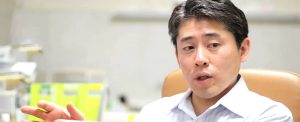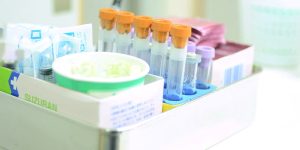About ANK

What is ANK “Amplified Natural Killer” Immunotherapy
Humans have two types of immune cells that attack cancer cells. They are Natural Killer (NK) cells and T cells. NK cells are harmless to normal cells while naturally deadly to cancer cells regardless of the cancer type. It is estimated that there are up to approximately 100 billion of them in the human body.
Highly active NK cells are known to carry numerous small containers filled with poisonous liquids to attack target cells. These containers could self-destruct during the process of culturing NK cells, and this makes the culturing of NK cells especially difficult to handle. Therefore, in general, scientists have been selectively culturing NK cells that are easier to culture, which results in culturing cells with diminished capability and that lack the ability to attack certain types of cancer cells (such as cancer cells that do not express the substance of MHC Class I).
ANK therapy amplifies and cultures “wild” NK cells taken from the human body without specially sorting and selecting the NK cells. There are no reports of ANK therapy’s NK cells being ineffective with any type of cancer cells so far.
Cancer cells have immunosuppression ability that makes NK cells in cancer patients’ bodies unable to perform their original functions as if they are asleep. However, there is a known phenomenon that when a very strong stimulation, such as a severe acute infection or a large dose of immune stimulant (Interleukin 2), is added to these suppressed NK cells, even advanced cancer may be eliminated and never recur. This explains that the once-dormant immune system still has the power to overcome advanced cancers.
However, “effective” stimuli need to be “more dangerous than cancer.” There is an expression “Dilemma of Corey’s Poison,” which is named after Dr. Corey, who treated cancer patients through forced infections with dangerous germs. It is a dilemma because there is no therapeutic effect if the treatment is safe or good to the body.
In fact, the development of drugs that “safely” activate NK cells inside the body does not go well. Therefore, in ANK Immunotherapy’s case, NK cells are extracted to a visible and simple environment outside the patient’s body to be awakened, cultured, recovered, and amplified by adding a large dose of immune stimulant (Interleukin 2). Since this is done outside the body, it is safe even if the stimulation is strong. In addition, it is safe in principle, because the patient’s own cells are used resulting in no genetic modification.
Immunotherapy Validated in Large-scale Clinical Trials in the United States
The US National Institutes of Health (NIH) previously conducted a clinical trial of an immunotherapy called LAK therapy. NK cells are not only susceptible to self-destruction, but are also slow in proliferation speed. (The T cells grow explosively and exist together with NK cells.) Therefore, it was not possible to have sufficient strength without collecting a large number of immune cells.
Their solution was to separate and collect lymphocytes, including NK cells, by circulating blood outside the body for 3 days. Lymphocytes exist abundantly in the body, outside the blood, so even if lymphocytes are collected from blood, they are immediately replenished from the whole body. This way, it became possible to extracorporeally circulate 50 liters (50,000 ml) of blood and collect hundreds of millions or billions of NK cells.
A large amount of immune stimulant (Interleukin 2) was added to increase the activity of NK cells. Cultured NK cells were returned to the patient’s body through infusion within 3 days, before the NK cells self-destructed. As a result, although some effects were seen in all the hundreds of terminally advanced cancer patients who had no response to anti-cancer therapy, the side effects and extraordinary costs necessitated that LAK therapy be postponed for practical use.
This LAK therapy has been followed up in various parts of Japan. In the United States, the treatment required a large number of expensive drugs to be used, as well as the occupation of ICUs with the full attention of multiple doctors, in order to handle the strong immune reaction; but in Japan this therapy was scaled down and performed to match Japan’s lower budget. The blood collection volume was even reduced to 20 ml, resulting in its removal from the list of highly advanced medical treatments because the effects after such volume reduction were doubtful. Today, similar treatments with various names are performed at various places.
Difference between ANK Immunotherapy and General Immunotherapy
ANK therapy is completely different from the therapies that are downscaled from the US method. ANK therapy’s goal is to go beyond the treatment intensity of the US method. The amount of blood collected through extracorporeal circulation is 5 to 8 liters (5,000 ml ~ 8,000 ml) in total.
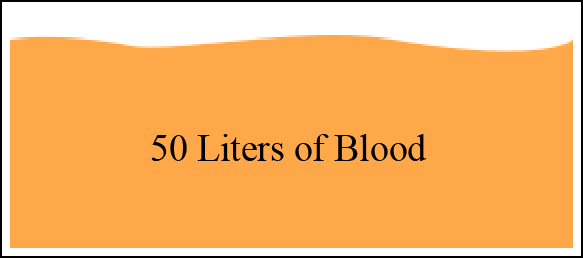
LAK Therapy
- Collects billions of NK cells and returns them to body
- Some effect seen in every patient
- Strong side effects (not practical)
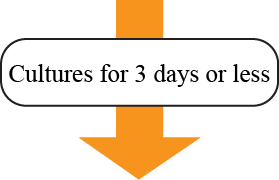

- Activated NK cells: hundreds of millions ~ billions
- T cells: billions ~ tens of billions

General Therapy
- Scaled down version of LAK therapy
- Scaled down to the point where effects are doubtful
- Almost no immune reaction
- Removed from the list of Advanced Medical Treatment
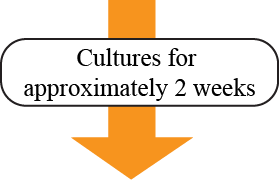
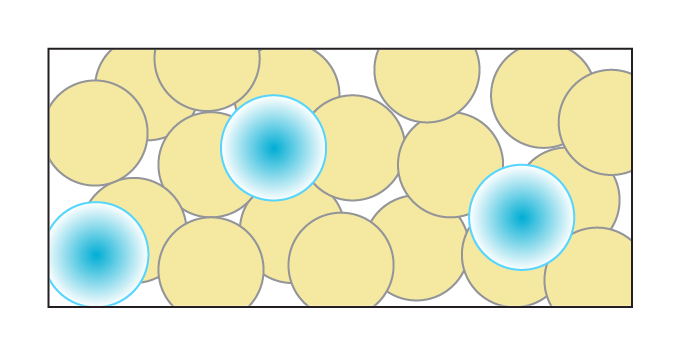
- NK cells: hundreds of thousands ~ millions
- T cells: billions ~ tens of billions
(T cells increase rapidly but do not attack cancer cells)
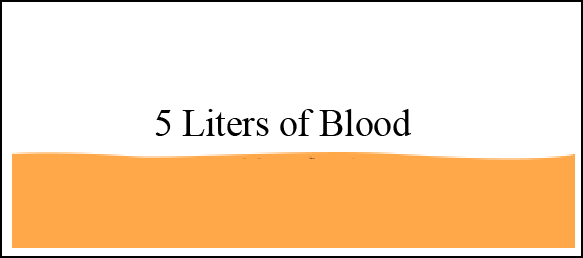
ANK Therapy
- Therapeutic intensity beyond effectivity of validated LAK therapy
- Sends signals to NK cells inside the body to join as reinforcement
- Immune reaction such as fever

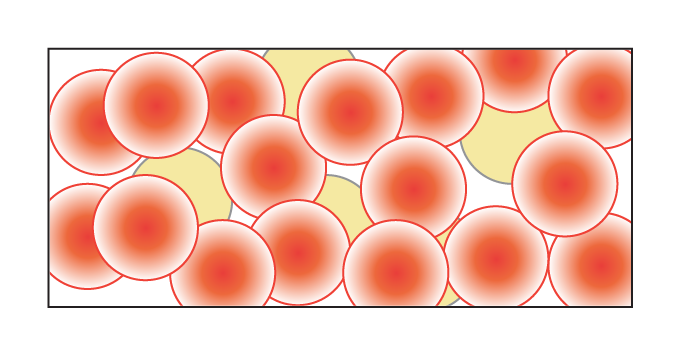
- Activated NK cells: Targets more than tens of billions (NK cell growth rate is lower after anti-cancer therapy)
- T cells: Few
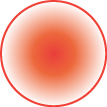
High Activity NK cells
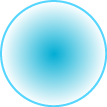
NK cells
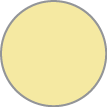
T cells
Lymphocytes extracted from patients at our clinic will be delivered to the cell culture center in Kyoto on the same day as extraction.
Cultured cells will be delivered to our clinic on the day of treatment, and returned to the patient’s body through infusion.
Returned NK cells will move through patient’s whole body and penetrate through blood vessel walls to gather at the tumor and attack the cancer cells directly. At the same time, they send stimulation signals to the other 100 billion dormant NK cells in the body to join them as reinforcements against cancer cells.
As a result, there will be immune reactions such as fever. This is due to the release of immune stimulants from cultured NK cells that are returned to the patient’s body. This reaction is temporary and will heal over time so it is safe. In addition, NK cells are expected to also attract CTL (a type of T cell that supports in attacking cancer cells).

